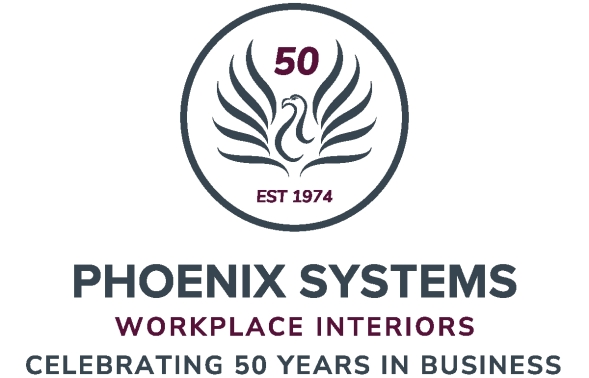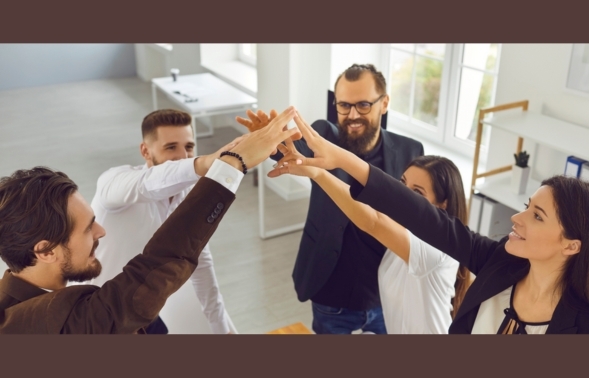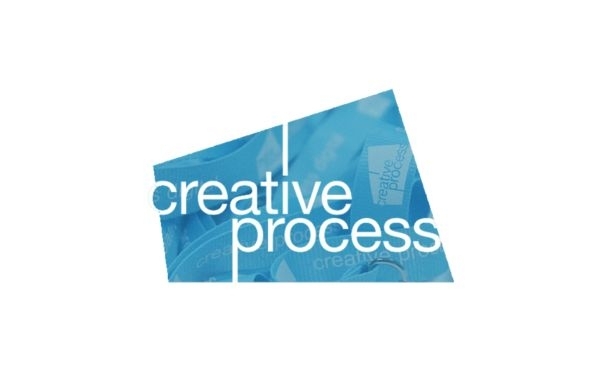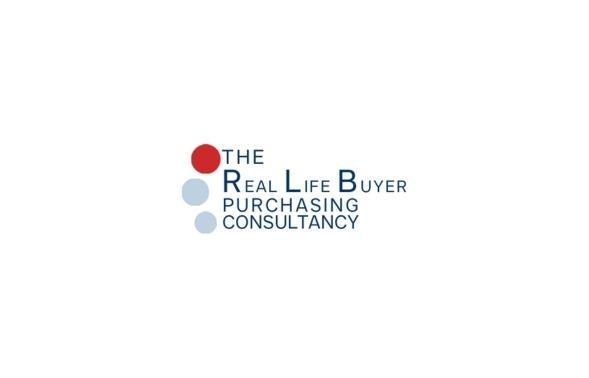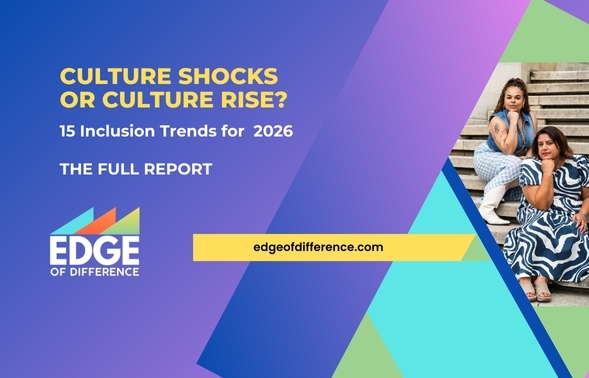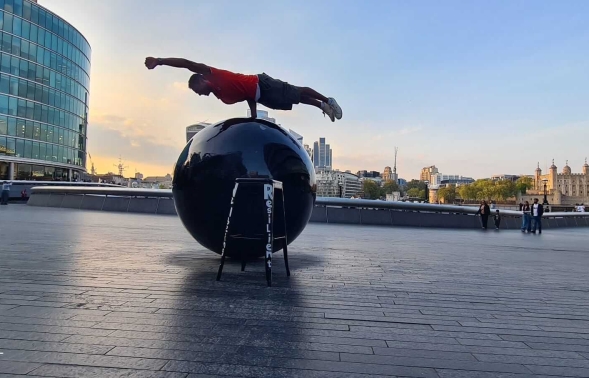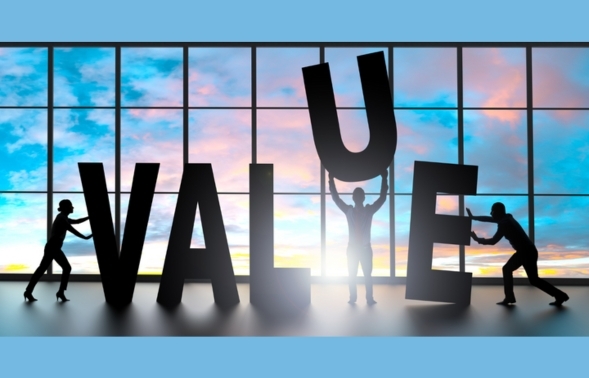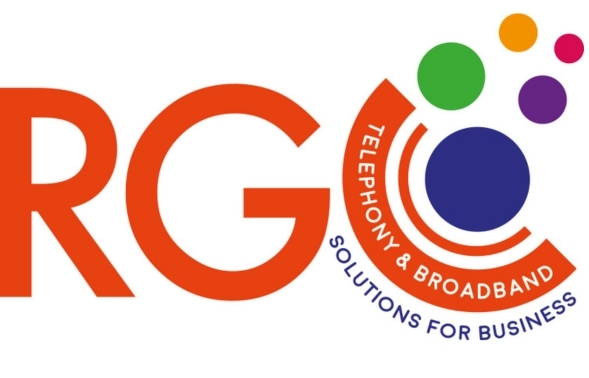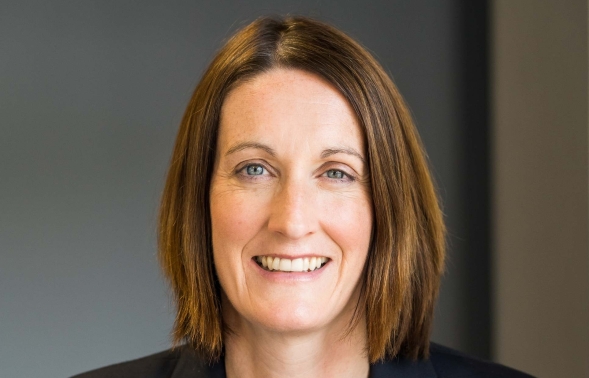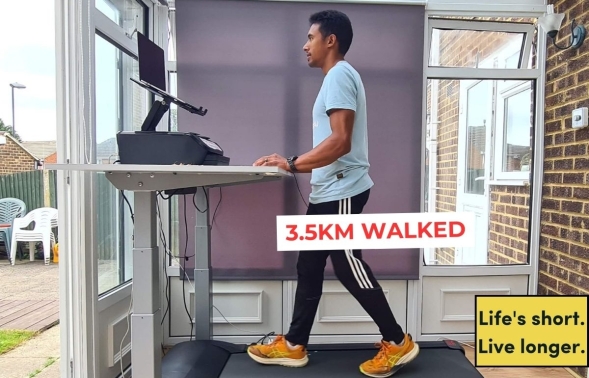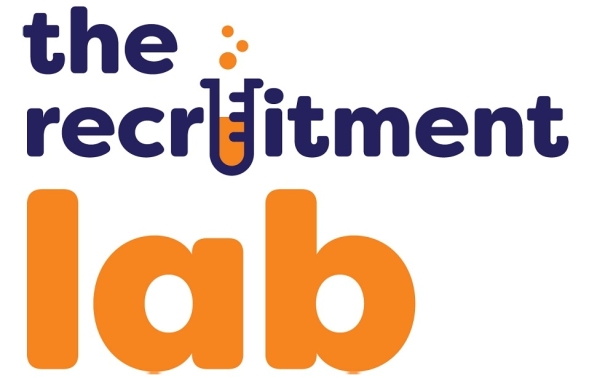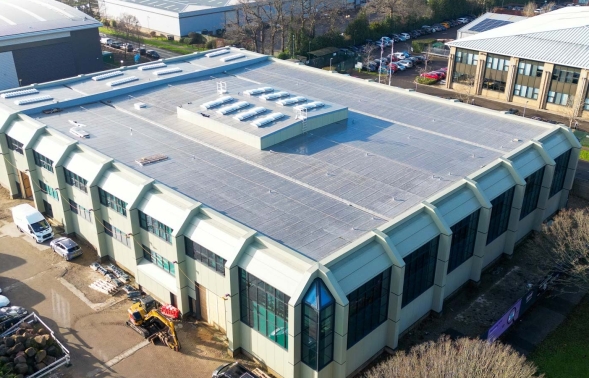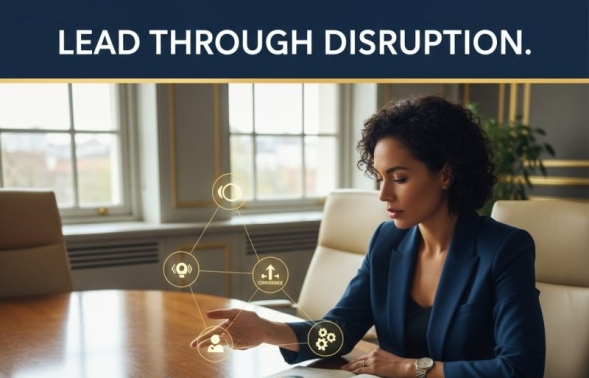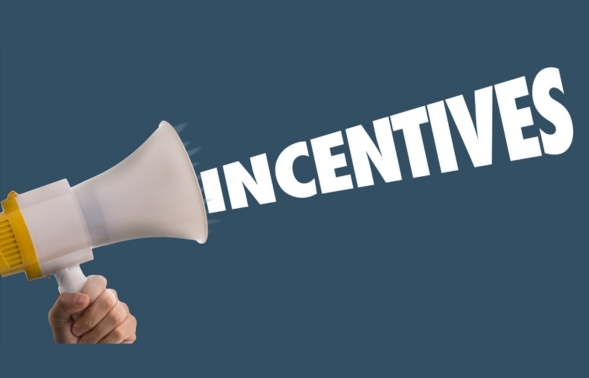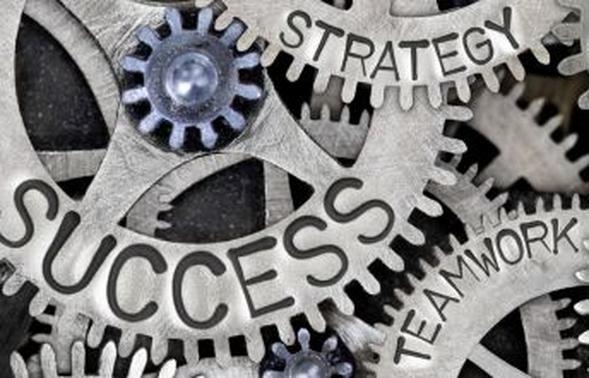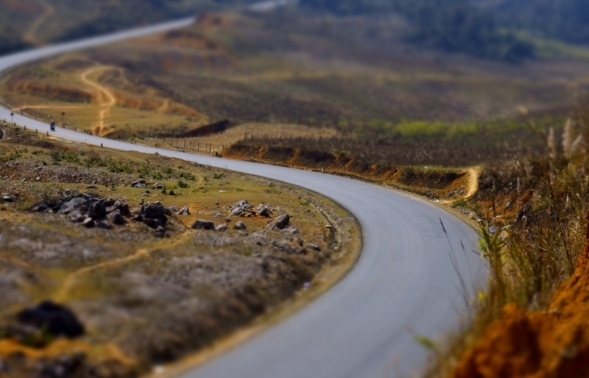Perhaps, that workspace design is about more than doing a big jigsaw; it's about how people feel because when people feel better, they are more productive and engaged. Whatever your wider economic environment, your investment into your workspace and how it works for your employees both now and in the future, will deliver dividends. If thenk you're thinking about updating your workspaces this year, what are the trends that a making a difference for businesses right now? Here are a few ideas.
Is resimercial the new black?
There's a new workplace design trend in town: resimercial.
Resimercial: a combination of residential and commercial design bringing the home into the corporate space.
Perhaps inspired by silicon valley tech companies but now driven by changing expectations since lockdown, the goal is to create a more comfortable and relaxed working environment that people enjoy working in, and as a result, want to work in the office more often. Additionally, the goal is to boost retention and to attract the best candidates, particularly among millennials.
How to spot resimercial design ideas
Look for break-out areas evolving from a table and chairs in a corner to more comfortable home-style furniture with soft furnishings and rugs; ambient, softer lighting; more plants and decor that errs towards a more homely than a 'corporate' feel.
Flexible workspace design for hybrid workforces
Flexible workspace design has been on the increase for a few years now and will continue to grow in 2025. By breaking free from the constraints of traditional office layouts where elements such as desk pods were static, flexible workspace design enables businesses to adapt their space according to the need at the time. Examples of changing needs could be evolving working practices such as only needing a desk once a week, increasing staff numbers or creating creative, collaboration areas that move beyond task-based delivery into innovation. This could include:
- Creative layouts - movable desks/pods/tambours/storage that allow you to change the use of your space to support how you are working now, eg. creating a team collaboration space or private, quiet desks.
- Design for wellbeing - designing to bring in more natural light or to feature outdoor elements indoors
- Ergonomics - adaptable furniture such as sit/stand desins and spaces that encourage movement
- Adaptable working areas - making better use of less-used spaces such as office kitchens.
The benefits of flexible workspace design
It's not just about stepping away from desk cubicles to modern aesthetics; flexible design means you can future-proof your office plan to adapt as your business grows. What's more, a creative use of space leads to more innovation, better team working and an engaged office community. And, not to be overlooked, it can accommodate for individual physical or neurodiverse needs, making everyone welcome and equal so they can work together happily and productively.
Other key workplace design trends
Sustainability & workplace design
Sustainable office design can sometimes mean higher budgets but not necessarily. While many businesses aspire to exercise their environmental responsibility muscles, for others it is still a nice-to-have, rather than a standard requirement. Increasing numbres of businesses are choosing sustainable design, in part for aesthetics, and for some to attract the type of staff they want to align with their business culture and values.
It should be noted though that sustainability is not just about a current trend for bare wood, it can have bottom-line benefits too such as reducing energy bills. If you're not sure about a full re-design with sustainability in mind, you can start from the ground up with individual items such as encouraging natural light, choosing furniture from eco-friendly office furniture companies, using recycled materials and pre-loved decorative items for break-out areas.
Smart buildings and tech
Office technoloogy is now more than audio visuals. Smart building systems offer solutions that can help manage your office such as balancing termperature and light according to occupancy levels; they can even monitor and manage water use. While implementation comes at a cost, over the long-term these systems will reduce costs and help you stay compliant with changing environmental legislation.
A lot has changed in recent years when it comes to how businesses and their employees work together. However many headlines shout that employees need to get back to the office, the truth on the ground is that whether you're working in a production-led environment or a traditional office, UK working culture and expectations have changed for good. the latest trends reflet how office design can flex with the way you work and future-proof your business, maximising space, enabling you to adapt to changing needs and boost productivity - all helping you deliver the revenues and hard-won profit you need.
Thinking about how you can make the most of your office, warehouse or production space, get advice from the experts. Speak to Maddie Roff on 01903 765366 or email on info@phoenix-sys.co.uk.
